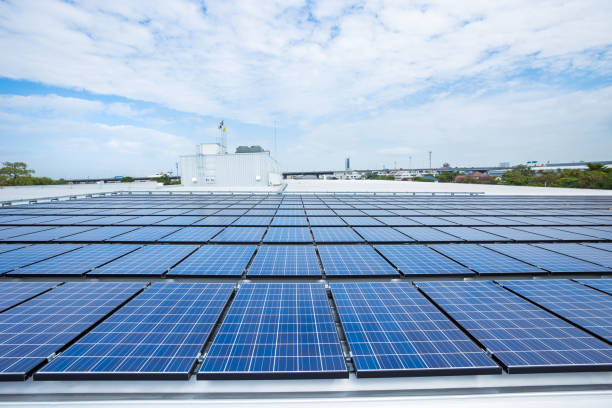Installing solar panels in your home can be a great way to reduce your energy costs, decrease your carbon footprint and increase your property value. However, the process of installing solar panels can be complex and overwhelming. In this post, we’ll provide a step-by-step guide to installing residential solar panels, including important factors to consider, the installation process, and the benefits of solar energy.
Step 1: Assessing Your Energy Needs and Site Conditions
The first step in installing residential solar panels is to assess your energy needs and the conditions of your property. Factors to consider include:
- Energy usage:
Determine how much energy you use on a daily, monthly and yearly basis. This will help you determine the size of the solar panel system you need.
- Roof conditions:
Evaluate the condition of your roof and ensure that it is strong enough to support the weight of the solar panels.
- Orientation and shading:
Consider the orientation of your roof and the amount of shading from nearby trees or buildings. This will impact the performance of your solar panel system.
Step 2: Choosing the Right Solar Panels and Equipment
Once you have assessed your energy needs and site conditions, the next step is to choose the right solar panels and equipment for your home. Factors to consider include:
- Types of solar panels:
There are three main types of solar panels: monocrystalline, polycrystalline and thin-film. Consider the efficiency and power output of each type and choose the one that best suits your needs.
- Inverters and mounting systems:
The inverter converts the DC electricity produced by the solar panels into AC electricity that can be used in your home. Mounting systems hold the solar panels in place on your roof.
Step 3: Obtaining Permits and Inspections
Before installing solar panels, you’ll need to obtain the necessary permits and inspections. The process can vary depending on your location but generally includes the following:
- Building permits:
These are required to ensure that the solar panel installation complies with local building codes and regulations.
- Electrical permits:
These are required to ensure that the electrical wiring and connections of the solar panel system meet national and local standards.
- Inspection:
After installation, the solar panel system will need to be inspected by a certified inspector to ensure that it meets the necessary safety and performance standards.
Step 4: Installation
Once you have the necessary permits and inspections, the installation process can begin. This generally includes:
- Mounting the solar panels:
The solar panels are mounted onto the roof, usually with a mounting system that is specific to your roof type.
- Wiring the solar panels:
The solar panels are wired together and connected to the inverter.
- Connecting to the electrical grid:
The solar panel system is connected to the electrical grid, allowing you to use the electricity produced by the solar panels in your home and sell any excess back to the grid.
Step 5: Maintenance and Monitoring
Once the solar panel system is installed, it requires very little maintenance. However, it’s important to schedule regular cleaning and inspection to ensure that the system is functioning at its best. Additionally, it’s important to monitor the performance of the solar panel system using a monitoring system that can be accessed remotely.
Benefits of Residential Solar Panels
Installing solar panels in your home offers a range of benefits, including:
- Cost savings:
Solar energy is free, and once the solar panel system is installed, your electricity costs will be significantly reduced.
- Environmental protection:
Solar energy is a clean and renewable energy source that doesn’t produce any greenhouse gases or pollutants.
- Increased property value:
Homes with solar panel systems have been known to increase property value by a significant amount
- Government incentives:
Many governments offer incentives and rebates for homeowners who install solar panel systems, making the investment more affordable.
Conclusion
Installing residential solar panels can be a complex process, but with the right approach, it can be done quickly and efficiently. By assessing your energy needs, choosing the right solar panels and equipment, obtaining the necessary permits and inspections, and following proper installation and maintenance procedures, you can ensure that your solar panel system is installed correctly and will perform at its best.
The benefits of residential solar panels are numerous and include cost savings, environmental protection, increased property value and government incentives. At Going Solar, we are committed to providing high-quality solar panel services and will work with you every step of the way to ensure that your solar panel system is installed correctly and that you are getting the most out of your investment. Contact us today to learn more about how we can help you with your solar panel installation.











































